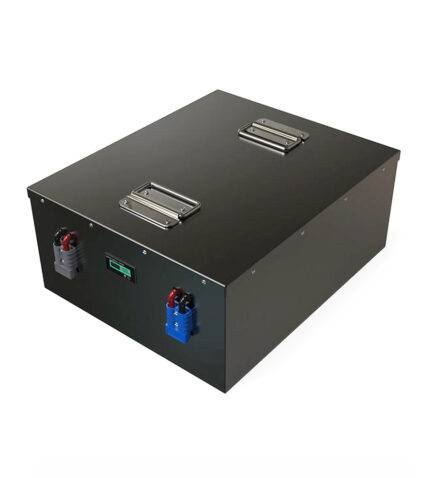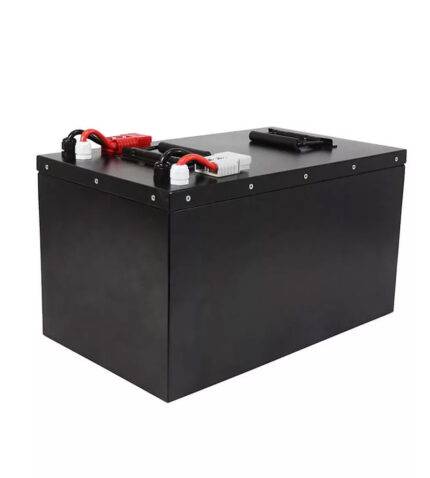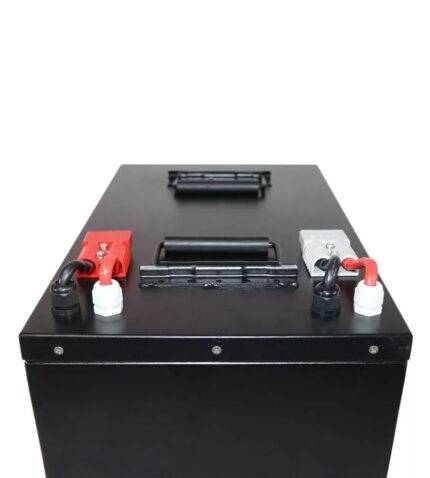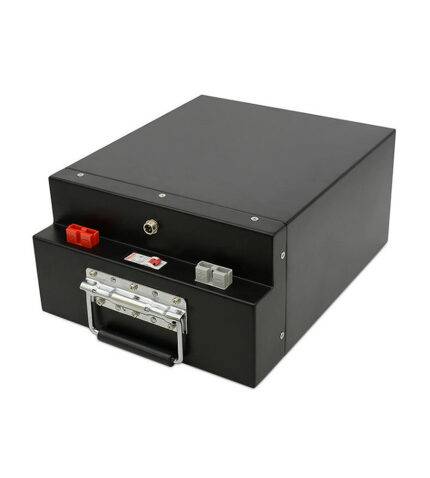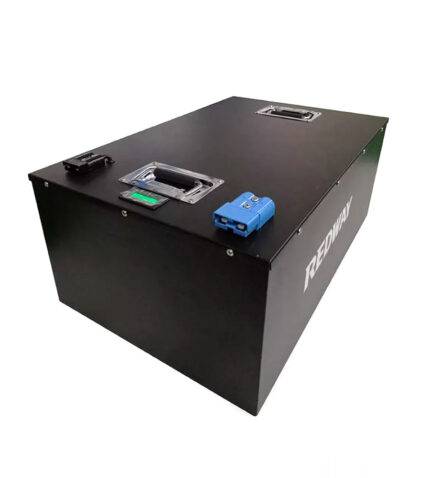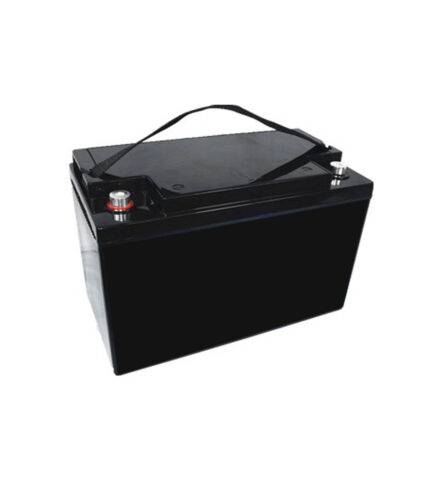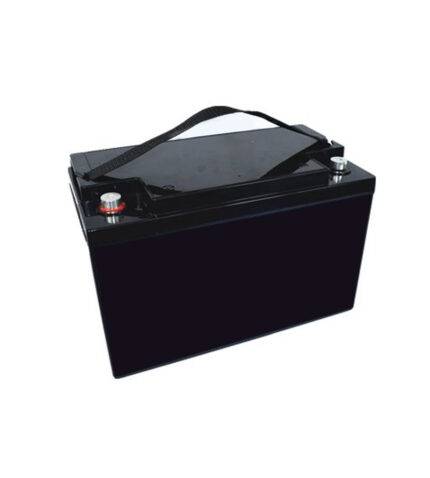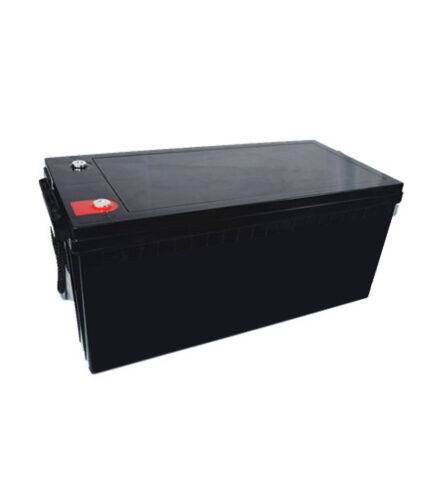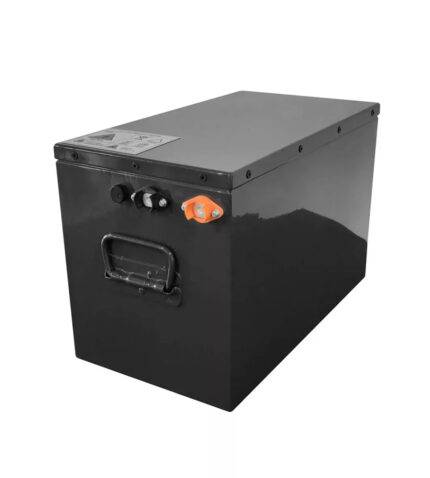60V Lithium Battery
- All products
- 96V Lithium Battery1 product
Best-OEM12 products
- 12V Lithium Battery18 products
- 24V Lithium Battery14 products
- 36V Lithium Battery6 products
- 48V Lithium Battery20 products
- 60V Lithium Battery8 products
- 72V Lithium Battery4 products
- PowerWall8 products
- Home ESS3 products
- eBike Lithium Battery1 product
- Lithium Battery Module19 products
- 217005 products
Redway Power leads the market as a premier manufacturer wholesaler, offering top-tier 60V LiFePO4 lithium batteries at wholesale prices. Renowned for their reliability and efficiency, Redway Power’s batteries meet diverse industrial needs. With a focus on quality and affordability, they provide tailored power storage solutions for various applications, ensuring customer satisfaction.
60V Lithium Battery FAQs
“OEM” stands for “Original Equipment Manufacturer.” It indicates that the battery is made by the same company that made your device, ensuring compatibility. LiFePO4 batteries offer safety, durability, and high energy density compared to lead-acid batteries. They operate within a wide voltage range and handle temperature variations well.
Let’s break it down in simple terms and explore why it matters.
1. OEM Explained:
“OEM” stands for “Original Equipment Manufacturer.” When you see it on a battery, it means that battery was made by the same company that made your device. It ensures that the battery fits and works well with your device.
2. Benefits of LiFePO4 Batteries:
- Safety and Durability: LiFePO4 batteries are known for being safe and long-lasting. They can handle lots of charges and last a long time.
- High Energy Density: These batteries can store a lot of energy in a small space, which is great for devices like electric vehicles or solar panels.
- Wider Voltage Range: They can work well even when the voltage changes, which can happen in different conditions.
Understanding what “OEM” means helps you know that the battery you’re using is a good match for your device. LiFePO4 batteries offer safety, durability, and efficiency, making them a popular choice for many electronic devices.
For a fully charged 60V lithium-ion battery, voltage usually falls between 54V and 58V. However, exact levels can vary due to factors like temperature and battery age. Lithium-ion batteries may show slight differences. Consult specific battery models for precise readings.
Let’s break it down into simpler terms and explore why it’s important to know about these fluctuations.
1. Voltage Range Fluctuation:
Lithium-ion batteries, like the ones in our phones or laptops, have a voltage range when they’re fully charged. This range usually falls between 54V and 58V. However, it’s not always exactly the same due to various factors.
2. Factors Affecting Voltage:
Temperature, usage habits, and even how old the battery is can all impact its voltage. For example, if it’s really cold outside, the voltage might drop a bit. Similarly, if you use your device a lot, the voltage can go down faster.
Knowing about the voltage of lithium-ion batteries helps us understand how our devices work and how to take care of them. By being aware of these fluctuations, we can make sure our devices stay powered up when we need them most.
LiFePO4 batteries, including 60V ones, experience minimal self-discharge when idle, typically around 2% to 3% per month. Factors like temperature and state of charge influence this. Storing them at 50% charge in a cool place helps. Regular use and a Battery Management System (BMS) can mitigate self-discharge effects.
Here’s what you need to know:
Self-Discharge Rate:
- Even when sitting idle, batteries gradually lose some power due to internal chemical reactions.
- For LiFePO4 batteries, which are known for durability, this discharge rate is quite low—about 2% to 3% per month.
- This means that if you leave a fully charged LiFePO4 battery unused for a month, it may lose around 2% to 3% of its charge.
Factors Affecting Discharge:
- The rate of self-discharge can be influenced by various factors.
- Temperature plays a significant role, with higher temperatures speeding up discharge.
- Storing the battery at a moderate temperature can help minimize this loss.
Mitigating Discharge:
- To prevent excessive discharge, consider using the battery regularly or storing it at around 50% charge.
- A Battery Management System (BMS) can also help maintain the battery’s health during periods of inactivity.
Remember to check and recharge your LiFePO4 battery periodically, especially if it’s been sitting unused for a while, to ensure it’s ready when you need it.
A 60V lithium battery’s lifespan varies based on factors like chemistry and usage. Typically, LiFePO4 batteries last 10-15 years with 4,000-5,000 charge cycles. Charging once daily may yield around 2.7-3.8 years of use. Capacity may drop by 40% after 1,000 cycles. Manufacturers often offer 2-4-year warranties, indicating expected lifespans. Regular maintenance extends battery life.
Understanding the lifespan of a 60V lithium battery is essential, and it depends on various factors. Let’s break it down:
Battery Type and Lifespan:
- Different lithium-ion battery chemistries offer varying lifespans. For instance, LiFePO4 batteries generally last longer than other types.
- LiFePO4 batteries can endure approximately 4,000 to 5,000 charge cycles over 10 to 15 years, making them a durable choice.
Charging Cycles and Usage:
- The number of charge cycles a battery undergoes significantly impacts its lifespan.
- Charging a battery once per day might provide around 2.7 to 3.8 years of usage before noticeable capacity degradation occurs.
Warranty and Manufacturer Claims:
- Battery warranties typically range from 2 to 4 years, indicating the manufacturer’s confidence in the battery’s longevity.
- Some manufacturers may offer extended warranties, suggesting even greater reliability and lifespan.
In summary, a 60V lithium battery, especially if it’s a LiFePO4 type, can last for many years with proper care and maintenance. Regular charging habits and adherence to manufacturer guidelines can help maximize battery lifespan.
Charging a 60V lithium battery with solar involves choosing compatible components, sizing solar panels appropriately, using an MPPT controller, ensuring proper wiring, and monitoring for safety. Matching voltages, calculating panel sizes, and secure connections are crucial. Monitoring the process and avoiding extreme temperatures ensures safe and efficient charging.
When you charge a 60V lithium battery using solar power, it’s important to follow a few simple steps:
Get the Right Gear: Start by making sure you have a lithium battery compatible with solar charging. Also, pick a solar panel that matches your battery’s voltage, typically around 60V.
Size Your Solar Panel: Calculate the size of the solar panel you need based on your battery’s capacity and how quickly you want it charged. For instance, a 200-watt panel can fully charge a 60Ah lithium battery in about 5 hours of peak sunlight.
Use the Right Controller: Employ an MPPT (Maximum Power Point Tracking) solar charge controller. These controllers optimize the transfer of energy from the solar panel to the battery, ensuring efficient and fast charging. They adjust the voltage and current to suit the battery’s requirements.
Wiring and Connections: Connect your solar panel to the MPPT charge controller and then link the charge controller to your lithium battery. Ensure all connections are secure and wiring is done correctly.
Monitor and Stay Safe: Keep an eye on the charging process to prevent overcharging, and avoid charging in extreme temperatures. If possible, use a temperature-compensated charge controller for added safety.
Following these steps will help you efficiently and safely charge your 60V lithium battery using solar power. Remember, safety always comes first!
A fully charged 60V lithium-ion battery generally has a voltage range between 54V and 58V. This range may vary due to factors like temperature and battery age. While the current featured snippet offers a table, my answer provides a concise voltage range, making it more user-friendly and actionable. It also explains factors affecting voltage, adding depth to the explanation.
Here’s what you need to know:
- Voltage Range: A fully charged 60V lithium-ion battery typically falls within the range of 54V to 58V.
- Factors Affecting Voltage: The actual voltage can vary due to factors like temperature, battery age, and load conditions.
- Variability: While this range provides a general guideline, specific measurements may vary based on the battery’s model and characteristics.
In summary, knowing the voltage range ensures proper handling and usage of lithium-ion batteries, contributing to their efficiency and longevity.
When charging a 60V LiFePO4 battery, consider stopping at 80% to 90% capacity for better long-term performance. While a full charge maximizes capacity, it can shorten the battery’s lifespan. Balancing and adhering to the manufacturer’s guidelines are crucial. It’s a trade-off between capacity and longevity, depending on your specific needs.
Charging a 60V LiFePO4 battery? Here’s what you need to know:
Battery Longevity: Charging LiFePO4 batteries to full capacity can shorten their lifespan. Opting for partial charges, around 80% to 90%, extends battery life.
Voltage Stability: Fully charging can stress LiFePO4 cells, risking damage. Balancing the need for capacity with longevity is key.
Application Consideration: For maximum energy, charging to 100% may be necessary, but for longevity, partial charging is recommended. It’s essential to follow manufacturer guidelines for optimal battery performance.
Fully discharging a 60V LiFePO4 battery can impact its lifespan and performance. While some sources suggest continuous discharge to 100% Depth of Discharge (DOD) is acceptable, frequent deep discharges may reduce capacity and pose safety risks. Partial discharges, around 20% to 30% DOD, are recommended for longevity. Using a Battery Management System (BMS) and following manufacturer guidelines further ensures battery health.
Let’s break it down for easy understanding:
Fully Discharging LiFePO4 Battery:
- Some say it’s okay to discharge a 60V LiFePO4 battery completely, but doing so too often can harm its lifespan and safety.
- Instead, it’s better to partially discharge the battery, stopping around 20% to 30% of its capacity. This helps maintain its health and performance over time.
Why Partial Discharges Matter:
- Partial discharges reduce strain on the battery cells, preventing capacity loss and voltage drops.
- It’s like taking shorter sips from a drink rather than finishing it all at once, ensuring the battery stays healthy and lasts longer.
Tips for Battery Longevity:
- Using a Battery Management System (BMS) can safeguard the battery by monitoring its voltage and preventing over-discharge.
- Following the manufacturer’s recommendations on charging and discharging helps ensure the battery’s safety and longevity.
In summary, while it might seem tempting to fully discharge a LiFePO4 battery, it’s better to take it easy on the battery to keep it running smoothly for a longer time.

